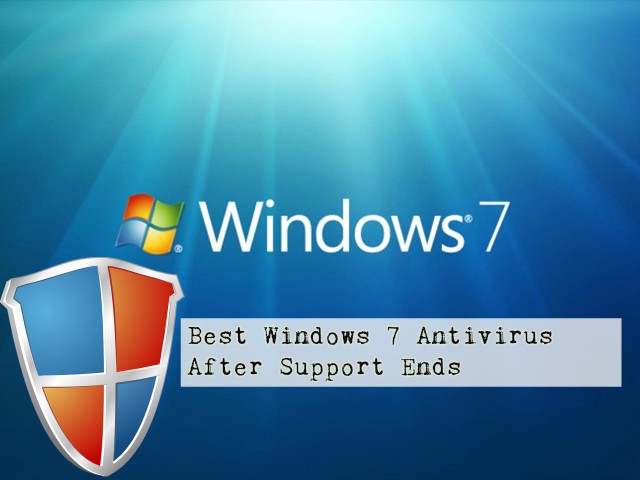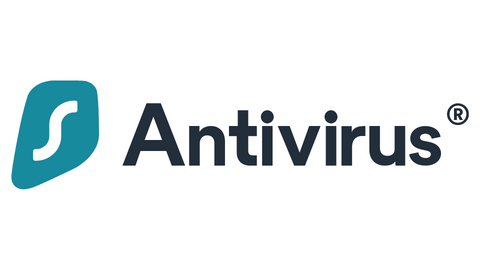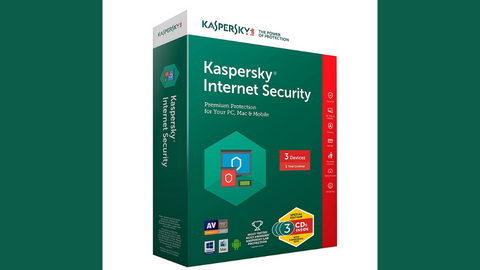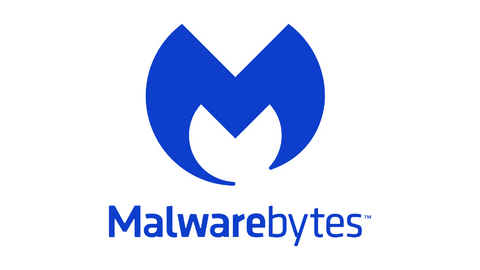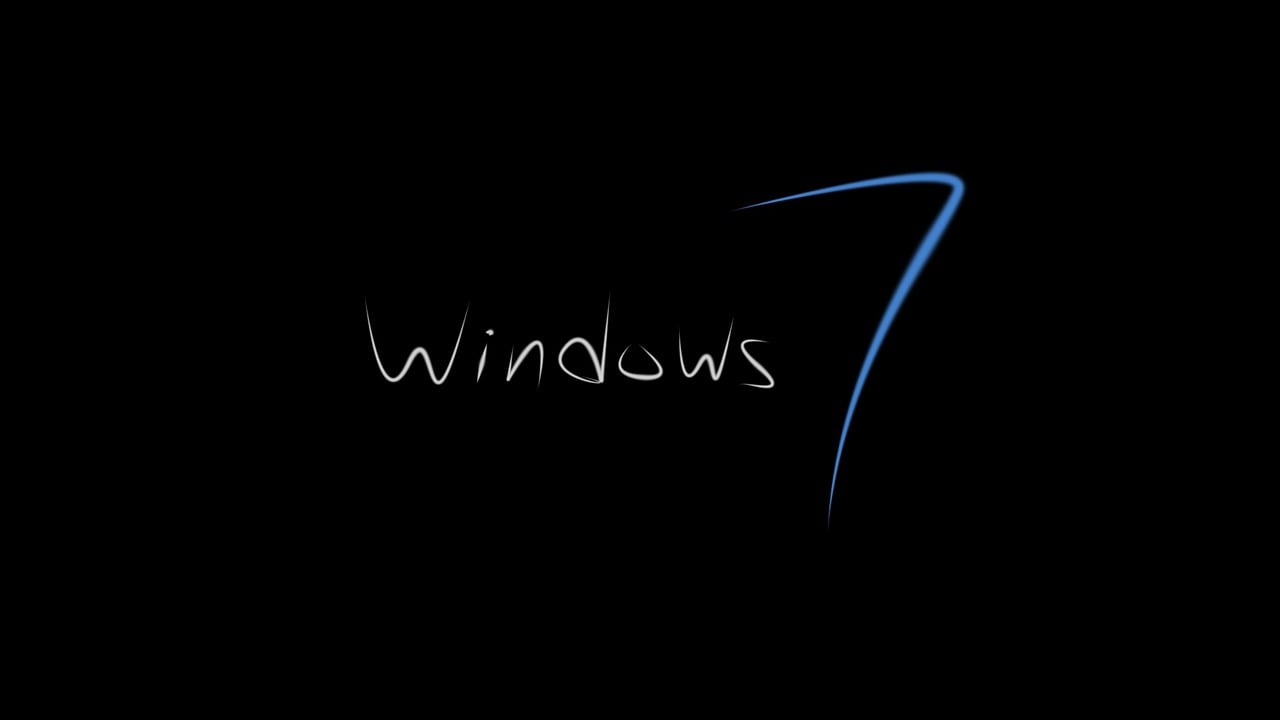Looking for the best Windows 7 antivirus to use after support ends? We have got you covered.
With support for Windows 7 ended on January 14th, 2020, the version is now more vulnerable to viruses and malware. Microsoft advises users to upgrade their Windows to a higher version in other to be on the safe side.
If, for one reason or the other, you still want to make use of Windows 7, you have to ensure one thing – antivirus protection. With your Windows 7 PC more vulnerable to viruses and malware, it is best that you install and make use of reliable antivirus software.
READ ALSO: The Ultimate Antivirus Software Guide: What Is An Antivirus?
Listed below are the best windows 7 antivirus you can install after support ends.
Table of Contents
Here Are The Best Windows 7 Antivirus After Support Ends
1. AVG Internet Security
AVG Internet Security offers comprehensive antivirus protection with advanced features designed to safeguard your Windows 7 system.
With real-time threat detection, ransomware protection, a secure browser, and a firewall, AVG keeps your PC safe from malware, phishing attempts, and other cyber threats.
Its intuitive interface and minimal system impact make it an excellent choice for Windows 7 users seeking reliable security without compromising performance.
2. Surfshark Antivirus
Surfshark Antivirus combines antivirus protection with VPN functionality, offering a comprehensive security solution for Windows 7 users.
In addition to malware scanning and removal, Surfshark provides VPN encryption to protect your online privacy and secure your internet connection.
With a user-friendly interface and continuous updates, Surfshark Antivirus ensures your Windows 7 system remains protected against evolving cyber threats.
3. F-Secure SAFE
F-Secure SAFE provides complete security for Windows 7 users, including antivirus protection, browsing protection, and banking protection.
With its advanced malware detection capabilities and real-time threat monitoring, F-Secure Total safeguards your system against viruses, spyware, and ransomware attacks.
Additionally, F-Secure’s banking protection feature secures your online transactions and prevents financial fraud, enhancing your peace of mind while using Windows 7.
4. Heimdal Security
Heimdal Security offers proactive cybersecurity solutions for Windows 7 users, focusing on threat prevention and detection.
With its unique Thor Foresight technology, Heimdal blocks advanced malware, zero-day exploits, and malicious websites before they can infect your system.
Heimdal’s lightweight design and automatic updates ensure continuous protection against emerging threats, making it an excellent choice for Windows 7 users seeking reliable antivirus software.
READ ALSO: The Best Antivirus Software
5. Kaspersky Security
Kaspersky Security provides robust antivirus protection for Windows 7 users, leveraging advanced threat detection algorithms and cloud-based scanning to identify and remove malware.
With features such as automatic updates, system vulnerability scanning, and ransomware protection, Kaspersky safeguards your Windows 7 system against a wide range of cyber threats.
Its user-friendly interface and customizable settings make it suitable for users of all skill levels.
6. Norton Antivirus
Norton Antivirus offers comprehensive security solutions for Windows 7 users, including antivirus protection, firewall, and identity theft protection.
With its extensive database of known threats and heuristic analysis capabilities, Norton detects and removes malware with high accuracy.
Additionally, Norton’s cloud-based threat intelligence network provides real-time protection against emerging threats, ensuring your Windows 7 system remains secure.
7. Panda Dome
Panda Dome delivers advanced antivirus protection for Windows 7 users, utilizing AI-powered detection and behavioral analysis to identify and block malware.
With features such as USB device scanning, Wi-Fi protection, and parental controls, Panda Dome offers comprehensive security for both home and business users.
Its intuitive interface and minimal system impact make it an excellent choice for Windows 7 users seeking reliable antivirus software.
8. Malwarebytes
Malwarebytes provides specialized anti-malware protection for Windows 7 users, focusing on detecting and removing advanced threats such as ransomware, rootkits, and Trojans.
With its signature-based and heuristic analysis engines, Malwarebytes offers proactive protection against evolving cyber threats.
Additionally, Malwarebytes’ anti-exploit technology safeguards your system against zero-day attacks, ensuring comprehensive security for your Windows 7 PC.
9. ESET NOD32
ESET NOD32 offers powerful antivirus protection for Windows 7 users, combining signature-based scanning with cloud-based detection to identify and block malware.
With its lightweight design and minimal system impact, ESET NOD32 provides fast and efficient protection without slowing down your PC.
Its proactive detection capabilities and regular updates ensure your Windows 7 system remains secure against the latest threats.
10. VIPRE Antivirus
VIPRE Antivirus delivers advanced threat detection and remediation capabilities for Windows 7 users, utilizing machine learning algorithms and behavioural analysis to identify and block malware.
With features such as email security, web filtering, and ransomware protection, VIPRE safeguards your system against a wide range of cyber threats.
Its intuitive interface and low resource usage make it an excellent choice for Windows 7 users seeking reliable antivirus software.
READ ALSO: Best Antivirus For 2023: Windows, Mac, Linux, iOS & Android
Best Windows 7 Antivirus After Support Ends: FAQs
As Windows 7 reaches the end of its support lifecycle, users are understandably concerned about the security of their operating system. Antivirus software becomes crucial for safeguarding Windows 7 PCs from malware, viruses, and other cyber threats.
Here are some frequently asked questions regarding the best antivirus options for Windows 7 after support ends:
Which antivirus is the best for Windows 7?
Choosing the best antivirus for Windows 7 depends on factors such as security features, performance impact, and ease of use. Several antivirus solutions excel in protecting Windows 7 systems, including AVG Internet Security, Norton Antivirus, and Kaspersky Security. These antivirus programs offer comprehensive protection against malware and viruses, ensuring the security of your Windows 7 PC.
How do I secure Windows 7 after the end of support?
Securing Windows 7 after the end of support involves several steps to mitigate security risks:
- Install Antivirus Software: Choose a reputable antivirus program compatible with Windows 7 and keep it updated to protect against malware and viruses.
- Enable Windows Firewall: Activate the built-in Windows Firewall to monitor incoming and outgoing network traffic and block unauthorized connections.
- Update Software and Drivers: Keep all software applications and device drivers up to date to patch security vulnerabilities and improve system stability.
- Use a Standard User Account: Avoid using an administrator account for everyday tasks to reduce the risk of malware gaining elevated privileges.
- Exercise Caution Online: Be wary of suspicious emails, links, and downloads, and avoid visiting potentially malicious websites to minimize the risk of malware infections.
Read Also: How to Set Up a New Computer
Can you still get an antivirus for Windows 7?
Yes, antivirus software is still available for Windows 7, even after the end of support. Many antivirus vendors continue to offer security solutions specifically designed for Windows 7 users, ensuring ongoing protection against cyber threats.
Does AVG still support Windows 7?
Yes, AVG still supports Windows 7 despite the end of Microsoft’s official support. AVG Internet Security provides antivirus protection, firewall, and other security features for Windows 7 users, helping to keep their systems safe from malware and other online threats.
CHECK OUT: Best Antivirus Reddit Users Recommended
Does Avast still support Windows 7?
Yes, Avast continues to support Windows 7, offering antivirus solutions tailored to the needs of Windows 7 users. Avast Antivirus provides real-time protection against malware, phishing attempts, and other cyber threats, helping to secure Windows 7 PCs even after the end of support.
Which is the fastest antivirus?
Determining the fastest antivirus software involves assessing factors such as scanning speed, system resource usage, and real-time protection performance.
While individual results may vary depending on system configuration and usage patterns, antivirus programs such as Norton Antivirus, ESET NOD32, and Bitdefender Antivirus are known for their minimal impact on system performance and fast scanning speeds.
Conducting independent tests and reviews can help determine which antivirus solution offers the best balance of speed and effectiveness for your Windows 7 PC.
READ ALSO: Best Free Antivirus Software: Comprehensive Analysis and Recommendations
Conclusion
With good antivirus software, you can worry less about infection on your PC or it getting viruses and malware because Microsoft no longer supports you. Even if you make use of a higher Windows version, using an antivirus is still necessary, as viruses can attack any computer.
However, you need to check your Windows 7 software specifications in order to install the right software. This is not difficult and you can check using the Piriform Speccy software. It is an ideal system information software and it is free.
Related: Best Windows 7 Operating System Alternatives
RELATED POSTS
- What is Ransomware? Signs and How to remove it?
- How To Lock And Unlock Your Windows PC With A Pendrive (Like A Pro!)
- How to migrate from Windows 7 to Windows 10
- Is Windows Defender Enough for 2024?
- How To Check Your IP Address [3 Quick Methods]
- Computer Viruses Guide: Eradicate Digital Threats
- 15 Best Antivirus With VPN Included
- How to Safely Remove Viruses from Your Computer
About the Author:
Chandra Palan is an Indian-born content writer, currently based in Australia with her husband and two kids. She is a passionate writer and has been writing for the past decade, covering topics ranging from technology, cybersecurity, data privacy and more. She currently works as a content writer for SecureBlitz.com, covering the latest cyber threats and trends. With her in-depth knowledge of the industry, she strives to deliver accurate and helpful advice to her readers.
Christian Schmitz is a professional journalist and editor at SecureBlitz.com. He has a keen eye for the ever-changing cybersecurity industry and is passionate about spreading awareness of the industry's latest trends. Before joining SecureBlitz, Christian worked as a journalist for a local community newspaper in Nuremberg. Through his years of experience, Christian has developed a sharp eye for detail, an acute understanding of the cybersecurity industry, and an unwavering commitment to delivering accurate and up-to-date information.


